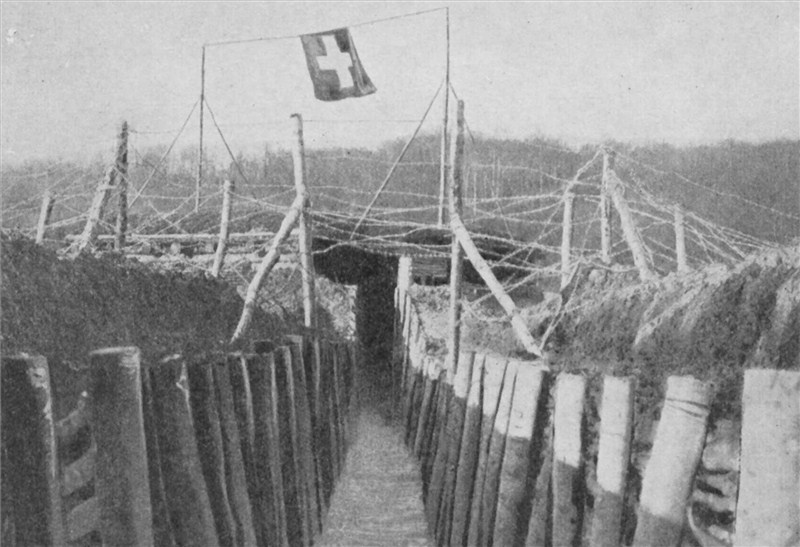Saturday, 9 April 2011
Tuesday, 5 April 2011
Monday, 4 April 2011
the swiss border 1914 and the heart of a ponce

During both World War I and World War II, Switzerland managed to keep a stance of armed neutrality, and was not involved militarily.Switzerland was and is a country of bumpkins and ponces whose contribution to the wars in Europe was to rob the Jews and anyone else put in a concentration camp.
In a war neutral shit doesn't exist.
 swiss officers helmet
swiss officers helmetHowever, precisely because of its neutral status, Switzerland was of considerable interest to all parties involved, as the scene for diplomacy, espionage, commerce, and as a safe haven for refugees.

Switzerland maintained a state of armed neutrality during the war. However with the Central Powers of Germany and Austria-Hungary and the Entente Powers of France and Italy all sharing borders and populations with Switzerland, this was not easy to accomplish.  regulars
regulars
 regulars
regularsFrom December 1914 until the spring of 1918 Swiss troops were deployed in the Jura along the French border over concern that the trench war might spill into Switzerland. Of lesser concern was the Italian border, but troops were also stationed in the Unterengadin region of Graubünden.
While the German speaking majority generally favoured the Central Powers, the French and, later, Italian speaking population sided with the Entente Powers which would cause conflict in 1918, but keep the country out of the war. french mountain soldier by mokarex
french mountain soldier by mokarex
 french mountain soldier by mokarex
french mountain soldier by mokarex During the war Switzerland was blockaded by the Allies and therefore suffered some difficulties. However, because Switzerland was centrally located, neutral, and generally undamaged, the war allowed the growth of the Swiss banking industry.They showed very little remorse for robbing anyone who was killed i n a concentration camp as regards their wealth left in a bank.

For the same reasons, Switzerland became a haven for refugees and revolutionaries.Above are Swiss regulars. The Swiss army was to war what Campari was to real drinking.
Following the organization of the army in 1907 and expansion in 1911, the Swiss Army consisted of about 250,000 men with an additional 200,000 in supporting roles.
The size of the Swiss military was considered by both sides in the pre-War years, especially in the Schlieffen Plan. Following an impressive showing during manoeuvres in 1912 both France and Germany were convinced of the professionalism of the Swiss Army.
Following the declarations of war in July 1914, on August 1, 1914 the Swiss Army was mobilized and by August 7 the newly appointed general Ulrich Wille had about 220,000 men under his command. By 11 August much of the army had been deployed along the Jura border with France, with smaller units deployed along the east and southern borders. This remained unchanged until May 1915 when Italy entered the war on the Entente side, at which point troops were deployed to the Unterengadin valley, Val Müstair and along the southern border.

Once it became clear that the Allies and Central Powers would respect Swiss neutrality, the number of troops deployed began to drop. After September 1914, some soldiers were released to return to their farms and vital industries. In November 1916, the Swiss had only 38,000 men in the army.
This number increased during the winter of 1916-17 to over 100,000 as a result of a proposed French attack that would cross Switzerland.
When this attack failed to occur the army began to shrink again. Because of widespread workers' strikes, by the end of the war the army had shrunk to only 12,500 men.
During the war the Swiss border was crossed about 1,000 times by belligerents with some of these incidents occurring around the Dreisprachen Piz or Three Languages Peak (near the Stelvio Pass; languages being Italian, Romansh and German).
Switzerland had an outpost and a hotel (which was destroyed as it was used by the Austrians) on the peak. During the war, fierce battles were fought in the ice and snow of the area, with gun fire even crossing into Swiss areas at times. The three nations made an agreement not to fire over Swiss territory which jutted out between Austria (to the north) and Italy (to the south). Instead they could fire down the pass, as Swiss territory was around the peak.
Following the outbreak of the war, neutral Switzerland became a haven for many politicians, artists, pacifists, and thinkers. Berne, Zürich and Geneva became centres of debate and discussion.
In Zürich two very different anti-war groups would create a lasting change on the world, the Bolsheviks and the Dadaists.
 swiss artillery
swiss artilleryPlaque on Lenin's house at Spiegelgasse 14 in ZürichThe Bolsheviks were a faction of socialists that centred around Lenin. Following the outbreak of the war, Lenin was stunned when the large Social Democratic parties of Europe (at that time self-described as Marxist)[citation needed] supported their various countries’ war efforts. swiss border guards
swiss border guards
 swiss border guards
swiss border guards Lenin (against the war in his belief that the peasants and workers were fighting the battle of the bourgeoisie for them) adopted the stance that what he described as an “imperialist war” ought to be turned into a civil war between the classes.Not a very nice country all things considered, Lenin must have been very dissapointed with the Swiss , even there alps were first climbed by the British.
Sunday, 3 April 2011
Subscribe to:
Comments (Atom)






